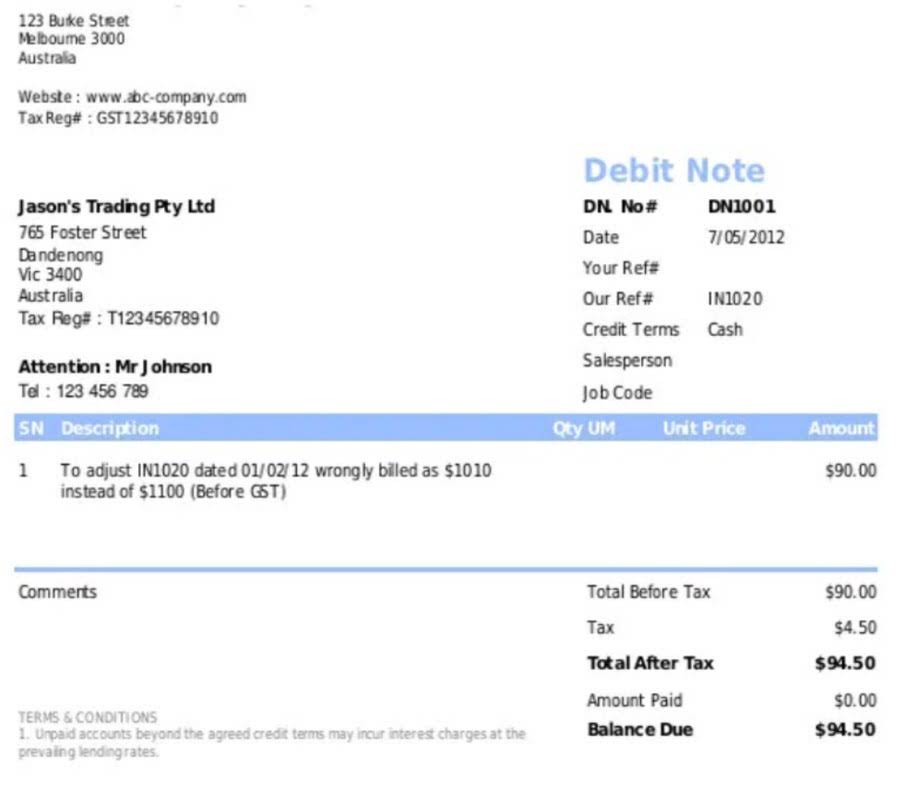
For construction companies, the percentage-of-completion method provides a clear snapshot of profitability and assists in tracking expenses throughout the project’s lifespan. By accurately measuring completed work, companies can avoid guesswork and ensure their financial statements reflect true performance. Accurate progress reporting is crucial in the realm of project management, particularly within the construction industry. To ensure a comprehensive understanding of a construction project’s status, it is essential to consider the role of how to calculate percentage of work completed in construction activity weightage. This article delves into the intricacies of activity weightage and demonstrates the benefits of incorporating it into project progress communication. This approach matches the revenue earned with the expenses incurred during the same period, providing a more accurate picture of project profitability.
Leverage RightRev for Quicker, Easier POC Calculations
- In this blog post, we will discuss the basics of the percentage of completion method and how it is used in the construction industry.
- With a job-to-date (JTD) cost of $80,000 and a completion percentage of 80%, the earned revenue is $120,000.
- Compare the number of units completed with the total units budgeted to determine the percentage complete.
- Comprehensive disclosure ensures that financial users can accurately assess a company’s performance and financial condition through its reporting periods.
- This approach aligns with the Generally Accepted Accounting Principles (GAAP) and is recognized for its reflection of financial health during the span of a project.
In terms of how often you need to run WIP, it all depends on your business goals. If you run regular financial reports and have a lot of ongoing projects, you may decide to create WIP reports bi-weekly or weekly. The WIP report should be based off of current data and not data that is weeks old, giving you the ability to make critical decisions in a time-sensitive matter. It is a best practice to create a company-wide WIP report and a WIP report for each job to give you greater oversight of the well-being of your company as a whole, and of individual project progress. Changes in retained earnings balance sheet scope and project delays can also pose a risk when using the POC method. If a project experiences delays or changes in scope, it can be difficult to accurately measure the percentage of completion.

Validate with Earned Value Management (EVM)

Analyzing past project performance helps set realistic Percent-Complete expectations. If a similar project experiences a slowdown during the integration phase, the current project can proactively allocate additional resources. Dutum Construction Limited is among the top construction companies in Nigeria, with a reputation for technical excellence founded on more than 20 years of experience. Once these numbers are readily available, you can calculate construction work in progress. All information published on this website is provided in good faith and for general use only.
Revenue Recognition Using Percentage of Completion

The calculation is based on the relative weight of the completed steps compared to it’s unweighted steps. For a Planning Manager, it does pose the question whether Activity Weightage should be set up centrally through using Project Templates. The reason is that at the end of the project the earned value will be equal to the Planned Value, which results in SPI of 1 and SV of zero. As at the end of the project, regardless of how early or late the project completes, the EVM scheduling metrics shows perfect on-schedule performance. So, to measure Earned Schedule, we need to determine “when” the work was supposed to be earned.
Methods for Determining Completion
These examples serve as a guide for construction professionals in accurately assessing their projects’ progress and making reliable calculations. Moreover, the accuracy of cost data and the reliability of progress assessments play significant roles in calculating construction in progress. Construction professionals should ensure that cost tracking systems are in place, accurate, and up-to-date.
- The procedure is consistent with generally accepted accounting principles (GAAP) and international financial reporting standards (IFRS).
- It is essential to read and understand the contract thoroughly before signing it.
- Teams should update Percent Complete regularly—weekly or bi-weekly in most projects—to ensure accurate tracking.
- Both methods are valid and offer flexibility depending on the nature of your project.
- A high PPC score (above 80%) means that most planned tasks are being completed on time.
- Instead of costs, percentage of completion can also be calculated using units or labor hours, depending on the nature of the business.
- Calculating construction in progress is a crucial aspect of the construction industry.
In the first six months, the company completes 50% of the work, which means they have completed $1 million worth of work. Using the percentage of completion formula, the company can comply with accounting standards and report $1 million in revenue and expenses for the first six months. A primary input is the estimated total project costs, encompassing all projected expenditures from inception to completion.

In this article, we’ll go over what the % of completion method is, how it works, the QuickBooks Accountant benefits and hazards, and why it’s important for contractors. Whether you’re new to construction bookkeeping or want to enhance your financial management, this tutorial has you covered. It is important to note that these examples are simplified for illustrative purposes.



